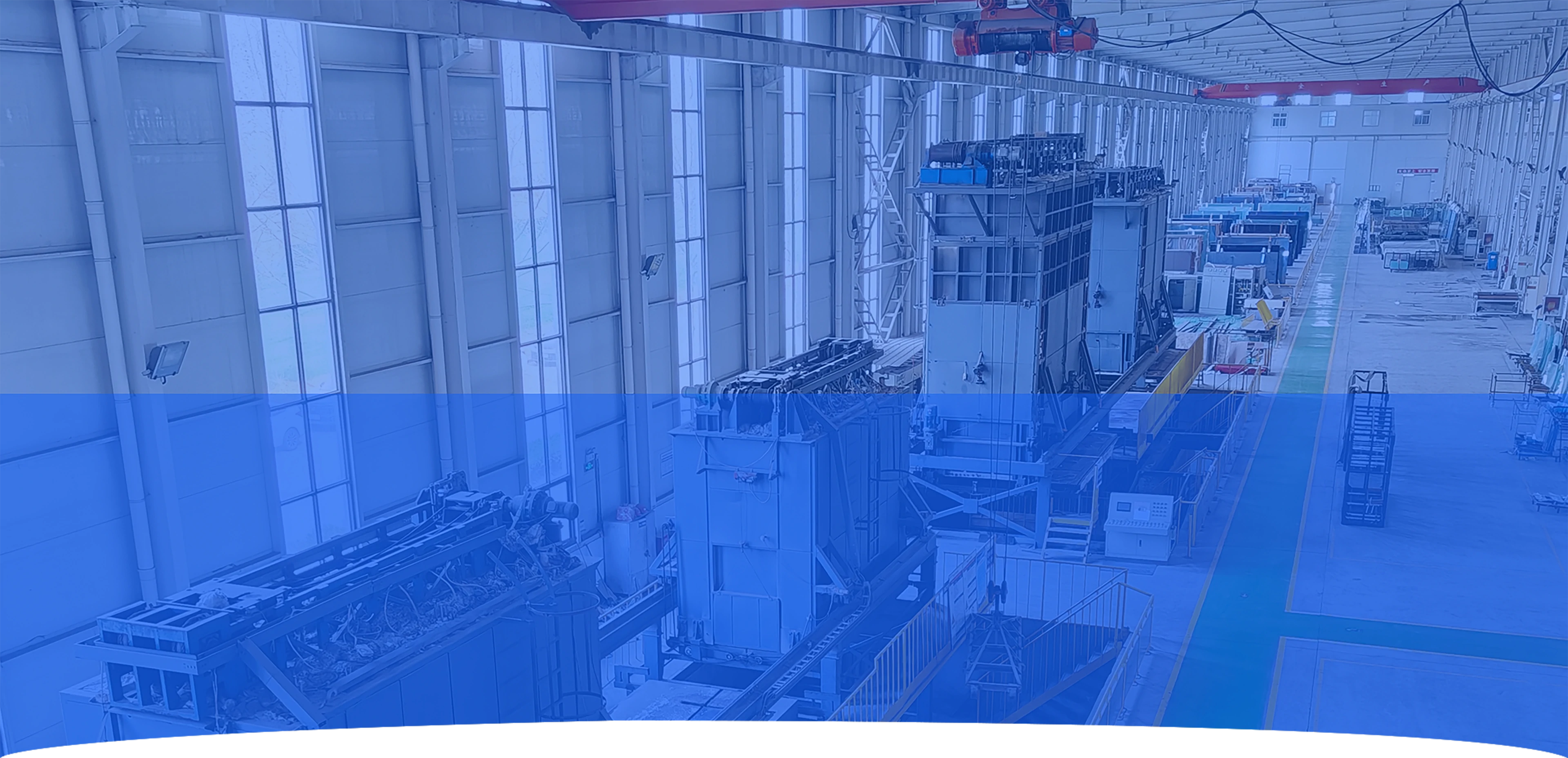Dec . 23, 2024 12:46 Back to list
insulated glass
The Benefits and Applications of Insulated Glass
Insulated glass, often referred to as double-glazing or triple-glazing, has become a staple in modern architecture and construction. Comprising two or more glass panes separated by a space filled with air or gas, insulated glass offers numerous benefits that enhance energy efficiency, comfort, and aesthetics in buildings. This article explores the advantages of insulated glass and its diverse applications in residential and commercial settings.
Understanding Insulated Glass
The primary function of insulated glass is to reduce heat transfer between the interior and exterior of a building. The gap between the glass panes is typically filled with inert gases such as argon or krypton, which have lower thermal conductivity than air. This design minimizes the transfer of heat in both directions it keeps warm air inside during winter while preventing outside heat from entering in summer. Consequently, insulated glass plays a pivotal role in maintaining a stable indoor temperature, reducing the need for excessive heating or cooling.
Energy Efficiency
One of the most significant advantages of insulated glass is its energy efficiency. By effectively insulating buildings, it helps lower energy consumption, which can lead to substantial cost savings on utility bills. According to studies, buildings equipped with insulated glass can achieve energy savings of up to 30% compared to those with single-pane windows. This reduction in energy consumption not only benefits homeowners and businesses financially but also contributes to a lower carbon footprint, making it an environmentally friendly option.
Enhanced Comfort
Insulated glass also enhances indoor comfort by minimizing drafts and temperature fluctuations. Traditional single-pane windows can create cold spots near windows during colder months and can feel warm and uncomfortable in the summertime. Insulated glass maintains a more consistent temperature across the interior space, ensuring a more comfortable living or working environment. Furthermore, this technology also helps reduce noise from the outside, providing a quieter atmosphere, especially in urban areas.
insulated glass

Aesthetic Versatility
Beyond energy efficiency and comfort, insulated glass offers aesthetic versatility. Available in various styles, finishes, and coatings, it can be customized to suit diverse architectural designs. Whether in residential homes or large commercial buildings, insulated glass can enhance curb appeal while providing practical benefits. Today’s advancements in technology allow for low-emissivity (Low-E) coatings that reflect heat while allowing natural light to enter, creating a bright and inviting space without sacrificing energy efficiency.
Applications in Architecture
Insulated glass is employed in numerous applications across both residential and commercial sectors. In homes, it is commonly used in windows, patio doors, and skylights to enhance energy performance. In commercial buildings, insulated glass is utilized in storefronts, curtain walls, and office partitions. Its ability to meet stringent energy codes makes it a preferred choice for new construction and renovation projects aiming for sustainability certifications, such as LEED (Leadership in Energy and Environmental Design).
Conclusion
The benefits of insulated glass extend beyond mere aesthetics and energy savings; it plays a crucial role in modern building design and environmental sustainability. With rising energy costs and an increasing awareness of climate change, the demand for energy-efficient solutions continues to grow. Insulated glass enables architects and builders to create structures that are not only visually appealing but also functional and sustainable.
As technology evolves, the future of insulated glass looks promising. Innovations in coatings, spacers, and manufacturing processes will likely enhance its performance further, paving the way for even greater energy efficiencies and comfort levels. For homeowners, architects, and builders alike, choosing insulated glass is a wise investment in the future of energy-efficient and aesthetically pleasing living and working environments.
-
Safety and Style with Premium Laminated Glass Solutions
NewsJun.24,2025
-
Reinvents Security with Premium Wired Glass
NewsJun.24,2025
-
Premium Float Glass Line for Modern Architecture
NewsJun.24,2025
-
Low Emissivity Glass for Energy-Efficient Architecture
NewsJun.24,2025
-
High-Performance Insulated Glass Solutions for Modern Architecture
NewsJun.24,2025
-
Elevates Interior Style with Premium Silver Mirror
NewsJun.24,2025
Related PRODUCTS














